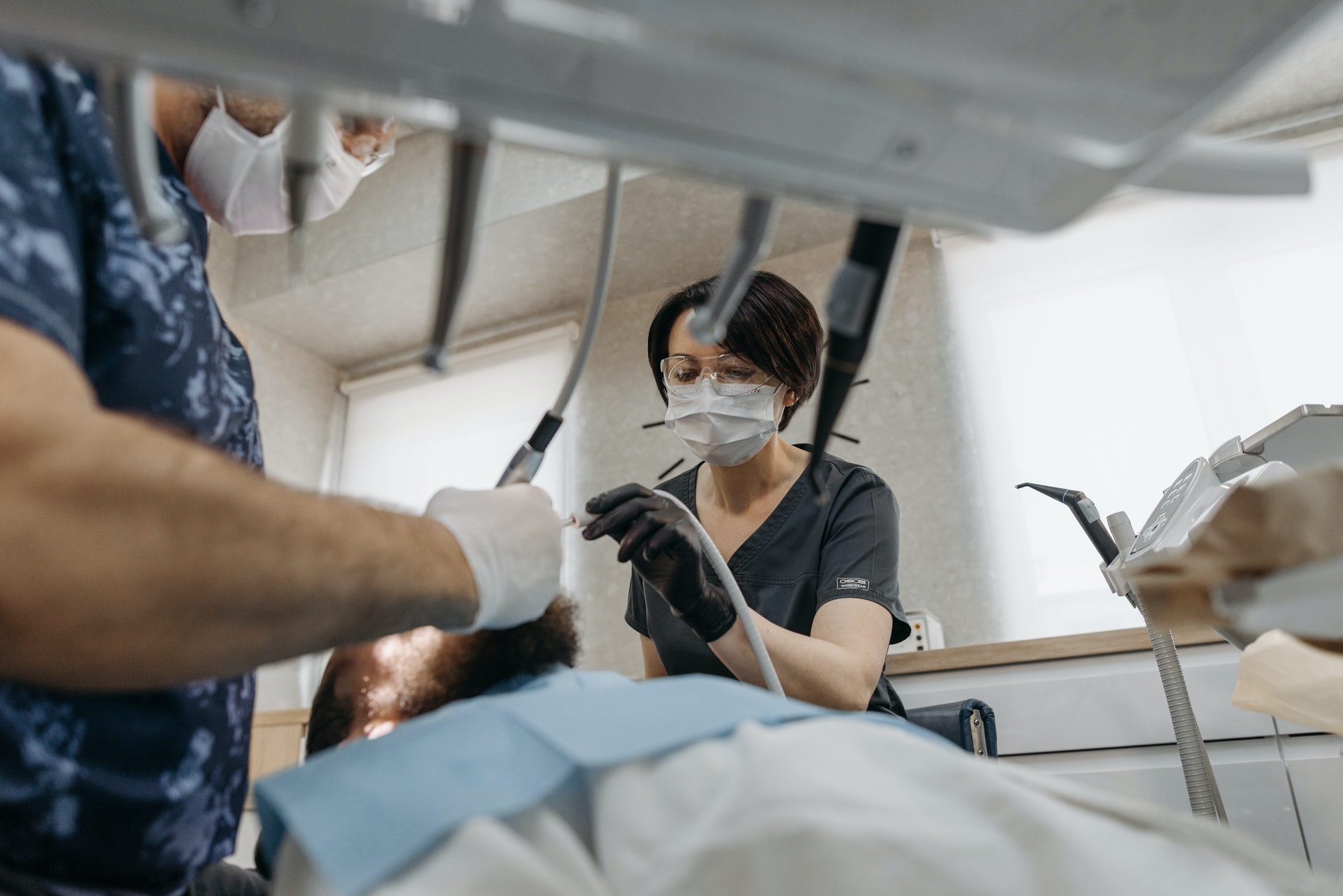Root Canal Therapy Procedure
Root Canal therapy can sound like an intimidating and daunting experience, and many patients associate it with pain and anxiety. However, the real truth is that the damage to the tooth is what is causing you pain—root canal therapy relieves it!
When is root canal therapy needed?
Teeth have a core, called the “pulp”, which contains large nerves and supplies blood to the tooth. When the tooth gets traumatised or decayed, bacteria access the pulp and cause inflammation. If the inflammation is left untreated, the pump could start to disintegrate. Inflammation and necrosis of the pulp tissue can cause a great deal of unpleasant symptoms, including pain and discomfort, facial swelling, sensitivity to hot and cold, and difficulty chewing and sleeping. A tooth with a damaged or necrotic (dead) pulp may require root canal therapy.
A root canal treatment may be necessary if you have any of the following:
- Decay, particularly deep within the tooth
- Multiple previous dental procedures on the tooth
- Large fillings
- Chips or cracks in the tooth
- Trauma to the face
What to expect from root canal therapy?
To determine whether you will require root canal therapy, your dentist in Parramatta will perform an X-ray, checking for the size and location of any decay and the shape and condition of the pulp. Once your tooth has been assessed by your dentist and deemed appropriate for root canal therapy, your treatment can commence.
When visiting your dental clinic in Parramatta for root canal therapy, the first step will be to administer local anaesthesia to numb the treatment area. The tooth is then isolated using a “Rubber Dam”; a rubber sheet that is placed on your tooth to help keep the area dry and free of saliva during the procedure.
The dentist will then drill a small hole into the tooth, allowing access to the treatment area. Then, the decayed nerve tissue, pulp, bacteria, and debris are removed using root canal files. Next, all infected matter will be systematically removed using a series of increasingly smaller files. The area will be rinsed between each stage with disinfectants to flush away the debris. Finally, a root canal filling or crown is placed inside the tooth to seal it and prevent bacteria from re-infecting it.
Whether a crown or filling is required will be subject to the amount of tooth structure that has been compromised from the decay. Each case is unique; however, it is important to understand that the entire procedure may take 2-3 appointments.
Will it hurt?
While there can be fear and pain associated with root canal therapy treatments, the good news is that it is usually no more painful than a standard filling procedure. The administration of local anaesthesia is often the most painful part, and once the area is numb, there is usually no pain.
If you are experiencing any dental pain, discomfort, facial swelling or tooth sensitivity, we strongly recommend booking an appointment to get it checked out as soon as possible. Our talented and supportive dentists are here to help. Contact us today.
Also Read This:

